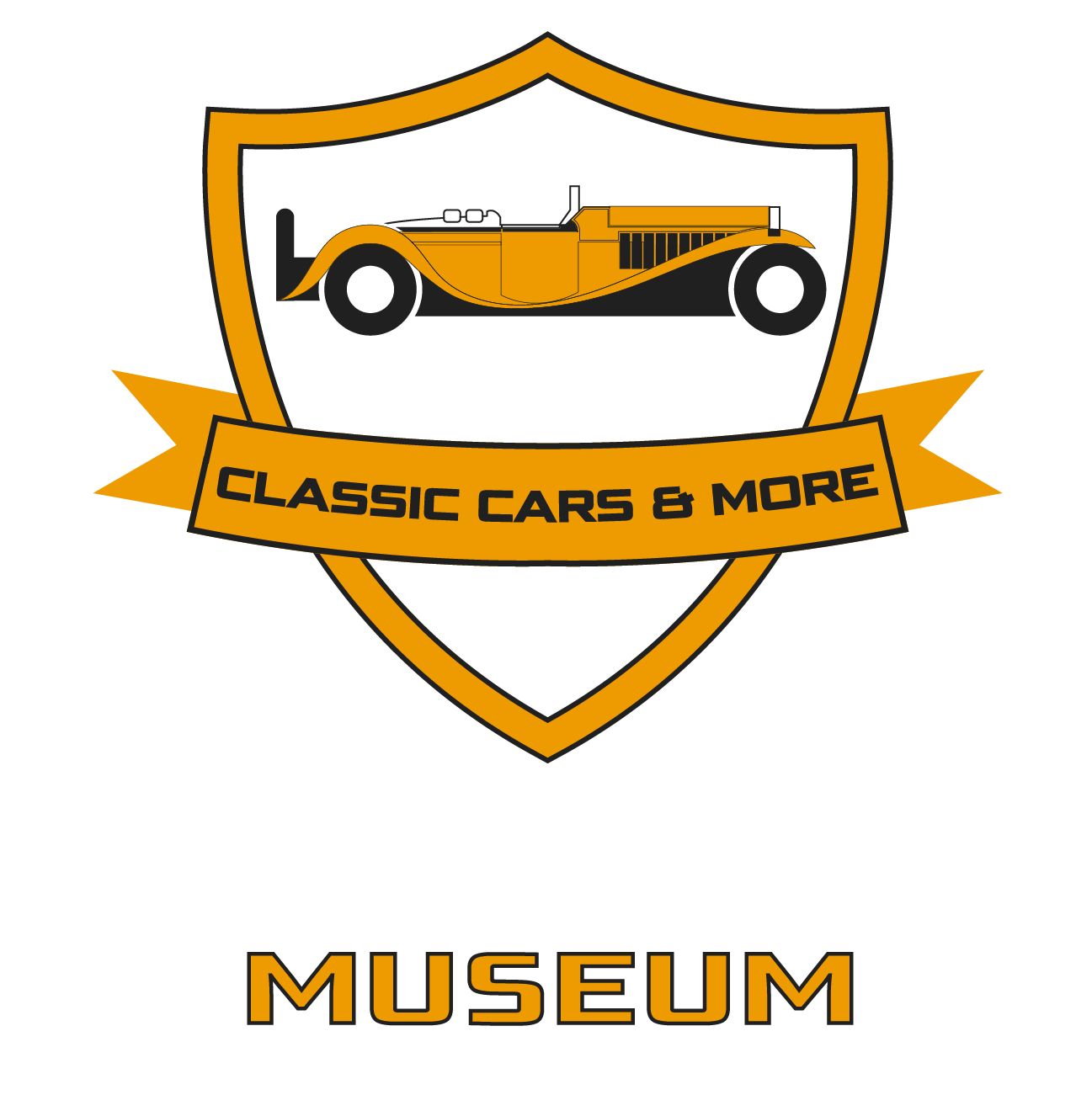365 DAILY NEWSLETTER
MILLE MIGLIA
🌍1000 mile challenge – the Mille Miglia🚘
In the 365 Oldtimer Museum you can see cars that have taken part in Hungarian touring races and star tours, such as the Mercedes A200 Cabriolet and the Mercedes-Benz SL 190 convertible. This article is about an Italian touring car race, and although the museum is currently dominated by a German theme, this does not exclude the possibility of Italian cars taking over the role in the future, in the context of Italian themed weeks. But while that is yet to happen, let’s take a look at one of the most popular Italian races, the Mille Miglia, an open road endurance race in Italy. Organised 24 times between 1927 and 1957, the annual race was launched by the young Counts Francesco Mazzotti and Aymo Maggi, together with motoring journalist Giovanni Canestrini and sports manager Renzo Castagneto. The distance from Brescia to Rome and back was about 1500 km. Several car brands have made a name for themselves in the Mille Miglia, including Mercedes-Benz, Maserati, Ferrari, BMW, Alfa Romeo and Porsche. This is partly due to the fact that the race attracted an estimated 5 million spectators. Alfa Romeo has claimed the most wins in the history of the race.
The first race was organised on 26 March 1927, with seventy-seven Italian competitors, fifty-one of whom finished. The first Mille Miglia was 1.618 km long. Entries were strictly limited to unmodified production cars. The winner, Giuseppe Morandi, completed the distance in 21 hours and 5 minutes at an average speed of 78 km/h in his OM car.
The event was usually won by local Italian drivers and brands, but three wins were taken by foreign cars. The first was in 1931, when German engineers Rudolf Caracciola and Wilhelm Sebastian won in a Mercedes-Benz SSKL car, the first to exceed an average speed of 100 km/h.
In 1938, a serious accident claimed 11 lives and the race was cancelled in 1939. The solution was a 100 km circuit on the plains of northern Italy in 1940. The race was then called the Brescia Grand Prix. Although the race was mainly dominated by Italian manufacturers, the aerodynamically improved BMW 328, driven by the German Huschke von Hanstein and Walter Bäumer, won the high-speed race with an all-time high average of 166 km/h.
From 1941-46, the race was not organised due to the Second World War. From 1947, the Italians dominated the field again, as before, and returned to the original concept of one big lap in the country, rather than nine laps in a single circuit.
Few foreigners scored podium finishes in the 1950s, one of them is an Argentine racer, Juan Manuel Fangio, whose life was featured in our April 2 newsletter and is currently available on our website. Another notable foreign driver in the race is Sir Stirling Moss, who competed in the 1955 Miglia in a Mercedes-Benz 300 SLR. They ran six reconnaissance laps before the start, during which his navigator Denis Jenkinson made track notes that occupied a 540 cm long roll of paper.
During the race, Jenkinson used the notes to give Moss instructions using a coded system of 15 hand signals. The reconnaissance laps, incidentally, were seen by the pair as an equaliser, as they were up against competitors who had a significant advantage due to their local knowledge. They completed the race distance in 10 hours, 7 minutes and 48 seconds at an average speed of 157 km/h, setting a record for the 1,597 km version of the race, which was never beaten in the remaining two years of the race.
Unfortunately, the race was not only dangerous for the drivers but also for the spectators. In its 30-year history, a total of 56 people have died, 24 of them drivers and the rest of them spectators. Following two fatal accidents in 1957, the race was continued as a rally from 1958 to 1961, the last year of the original series, after which it was never held again.
The race left a big emptiness, however, and from 1977 onwards a successor to the original race was dreamed up, which ran under the name of the Mille Miglia Storica. Participation is limited to cars produced no later than 1957.
The route (Brescia-Rome and back) is similar to the original race. It is still a prestigious motoring event and attracts hundreds of drivers and thousands of spectators every year.
Subscribe to our newsletter
Provide your e-mail address and click the button below to receive special deals and premium offers




